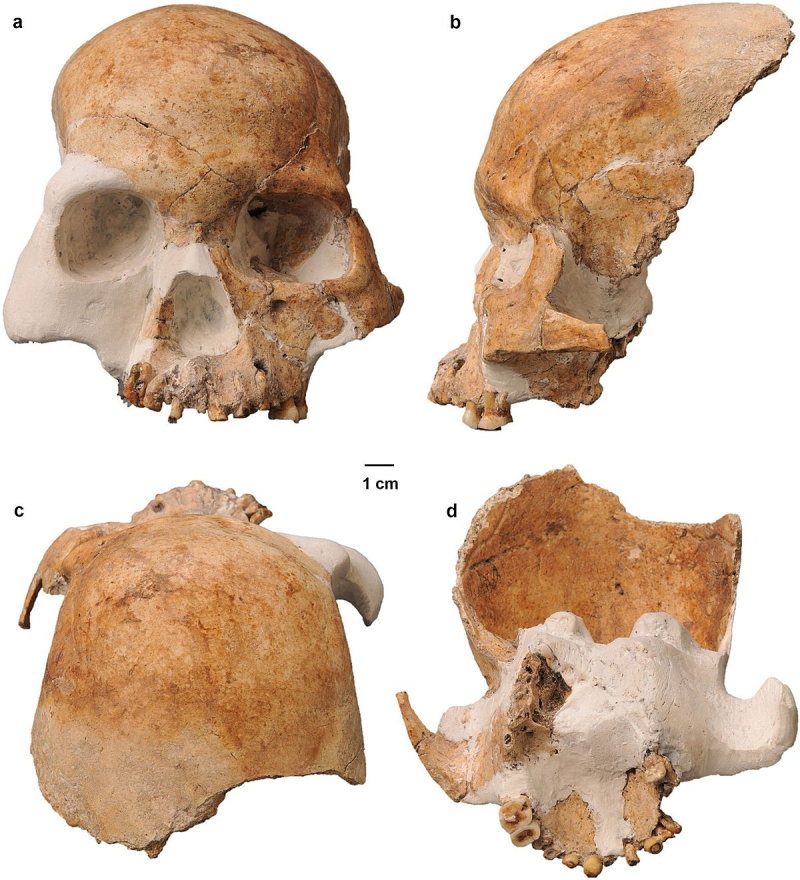The Red Deer Cave People

Top 3 in Top 13 Stone Age Mysteries
The 2012 discovery of 14,000-year-old bones belonging to a mysterious pre-modern human species in China's Maludong (Red Deer Cave) intrigued the scientific community. Archaeologists speculated at the time that the bones belonged to an unknown new species or a very early and primitive-looking group of modern people who came to the area around 100,000 years ago. The "Red Deer Cave People" are still a mystery because it was previously considered that the oldest pre-modern humans on mainland Eurasia—the Denisovans of Siberia and the Neanderthals of Europe and West Asia—died out around 40,000 years ago, shortly after modern humans arrived.
This finding implies that a pre-modern species coexisted with modern humans on mainland East Asia at some point in the past. These ancient humans, or more precisely, their remains—which are so close to them but so physically distinct—are so much younger than Neanderthal forebears that it raises some critical considerations. Were they really a distinct kind of human? What happened to them, assuming that's the case? What caused their extinction? What exactly was their manner of life? And how did they interact with forefathers?
Dated: between about 17,830 to c. 11,500 years ago
Location: Red Deer Cave, Maludong, Chinese













